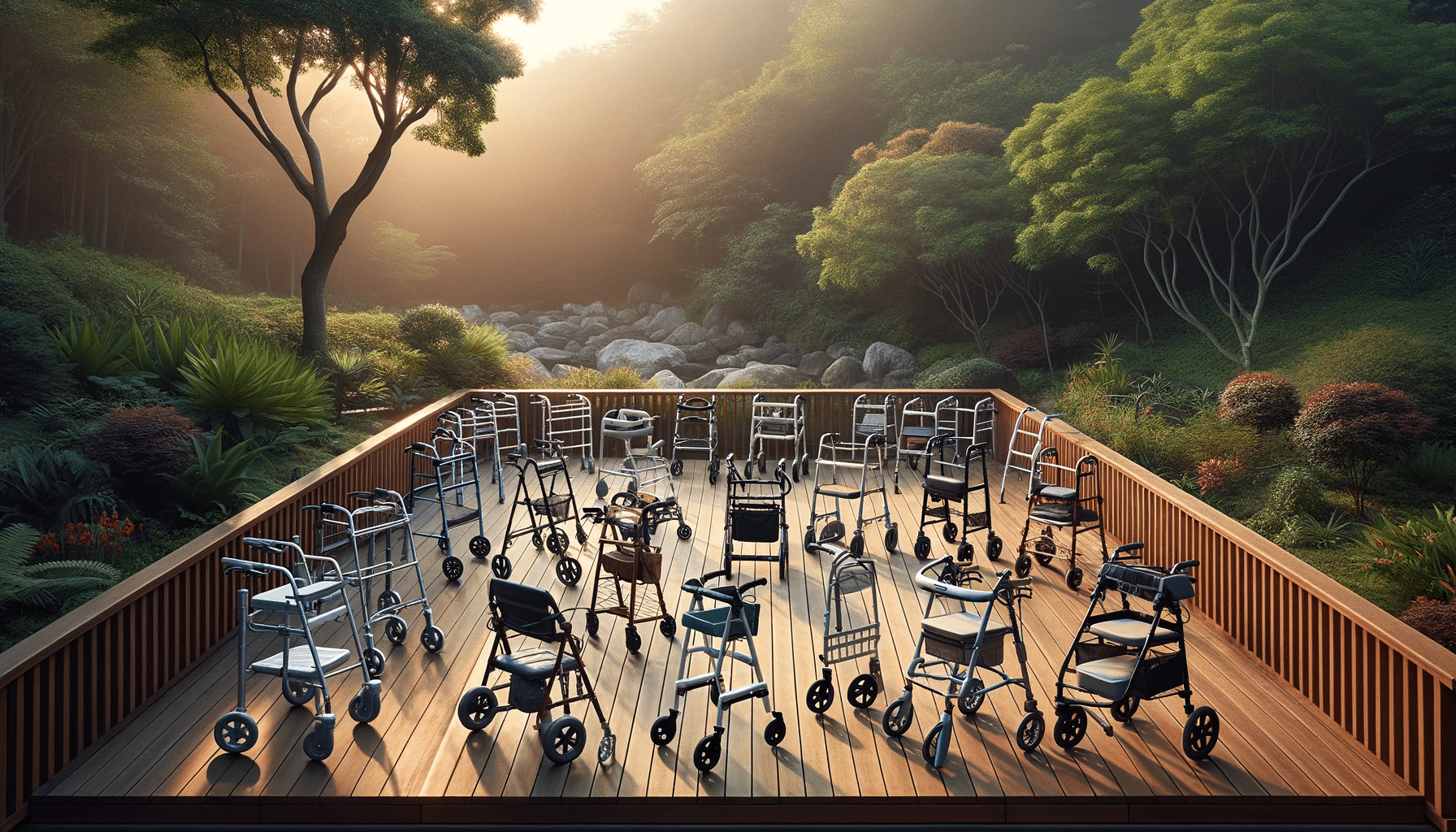
Walking Aids for Seniors: Safety and Support
Introduction to Walkers for the Elderly
As we age, maintaining mobility and independence becomes increasingly important. For many seniors, walkers for the elderly offer a practical solution to enhance their daily lives. These devices are meticulously designed to provide stability and balance, allowing older adults to move with confidence and ease. Walkers for the elderly are not just mobility aids; they represent freedom and self-reliance for those who may otherwise feel constrained by physical limitations.
The significance of walkers for the elderly extends beyond mere functionality. They play a crucial role in reducing the risk of falls, which is a leading cause of injury among seniors. By offering a sturdy support system, walkers empower the elderly to navigate their surroundings safely, whether at home or in public spaces. Additionally, these devices can alleviate the physical strain that often accompanies aging, such as joint pain or muscle weakness, by redistributing weight and providing ergonomic support.
Types of Walkers for the Elderly
When it comes to selecting walkers for the elderly, variety is abundant, catering to different needs and preferences. The most common types include standard walkers, wheeled walkers, and rollators, each offering distinct features and benefits.
Standard walkers, often referred to as frame walkers, are characterized by their sturdy, four-legged design. They provide maximum stability and are ideal for individuals who require significant support while walking. However, they may require lifting with each step, which can be challenging for those with limited upper body strength.
Wheeled walkers, on the other hand, feature wheels on the front legs, reducing the need for lifting. This design is particularly beneficial for seniors who have some mobility but need assistance with balance. These walkers allow for a smoother walking experience, especially on flat surfaces.
Rollators, or rolling walkers, are equipped with wheels on all four legs and often include a built-in seat and storage compartment. They are perfect for active seniors who enjoy outdoor activities or need to take frequent breaks during walks. The seat provides a convenient resting spot, while the storage compartment offers space for personal belongings.
- Standard Walkers: Maximum stability, requires lifting.
- Wheeled Walkers: Front wheels, less lifting needed.
- Rollators: Four wheels, seat, and storage, ideal for active use.
Choosing the Right Walker
Selecting the appropriate walker for the elderly involves considering various factors to ensure it meets the user’s specific needs. The first consideration is the level of support required. Seniors with significant balance issues or those recovering from surgery may benefit from a standard walker, while those with moderate mobility challenges might find wheeled walkers more suitable.
Another important factor is the environment in which the walker will be used. For indoor use, a standard or wheeled walker may suffice, but for outdoor activities, a rollator’s features, such as wheels designed for uneven terrain, are advantageous.
Adjustability is also crucial when choosing walkers for the elderly. The height of the walker should be adjustable to match the user’s comfort level, allowing for a natural walking posture. Additionally, features like foldability can enhance convenience, making storage and transportation easier.
- Support Level: Match walker type to mobility needs.
- Usage Environment: Consider terrain and activity level.
- Adjustability: Ensure the walker is height adjustable.
- Additional Features: Look for foldability and storage options.
Benefits of Walkers for the Elderly
The benefits of walkers for the elderly extend beyond mere mobility assistance. By providing stability and support, these devices can significantly improve the quality of life for seniors. One of the primary advantages is the reduction in fall risk, which is crucial given that falls are a common cause of injury among older adults. With a reliable walker, seniors can move around confidently, without the fear of losing balance.
Walkers also promote independence, allowing seniors to perform daily activities with greater ease. Whether it’s walking to the kitchen, visiting friends, or enjoying a stroll in the park, walkers enable older adults to maintain an active lifestyle. This level of independence can have a positive impact on mental health, reducing feelings of isolation and boosting self-esteem.
Moreover, walkers for the elderly can alleviate physical strain. By offering ergonomic support, they help distribute weight evenly, reducing pressure on joints and muscles. This is particularly beneficial for seniors with conditions such as arthritis or osteoporosis, where mobility can be painful without assistance.
- Reduces Fall Risk: Provides stability and balance.
- Promotes Independence: Enables active lifestyle.
- Alleviates Physical Strain: Offers ergonomic support.
Conclusion: Embracing Mobility with Walkers for the Elderly
In conclusion, walkers for the elderly are invaluable tools that enhance mobility, safety, and independence. They offer a practical solution for seniors facing mobility challenges, ensuring they can navigate their environments with confidence and ease. By choosing the right walker, seniors can enjoy a higher quality of life, participating fully in daily activities and social engagements.
Ultimately, walkers for the elderly represent more than just physical support; they symbolize autonomy and dignity in aging. As the population continues to age, the demand for these essential tools will only grow, highlighting the importance of understanding and selecting the right walker for individual needs. With the right choice, seniors can continue to lead fulfilling, active lives, embracing the freedom that comes with mobility.


